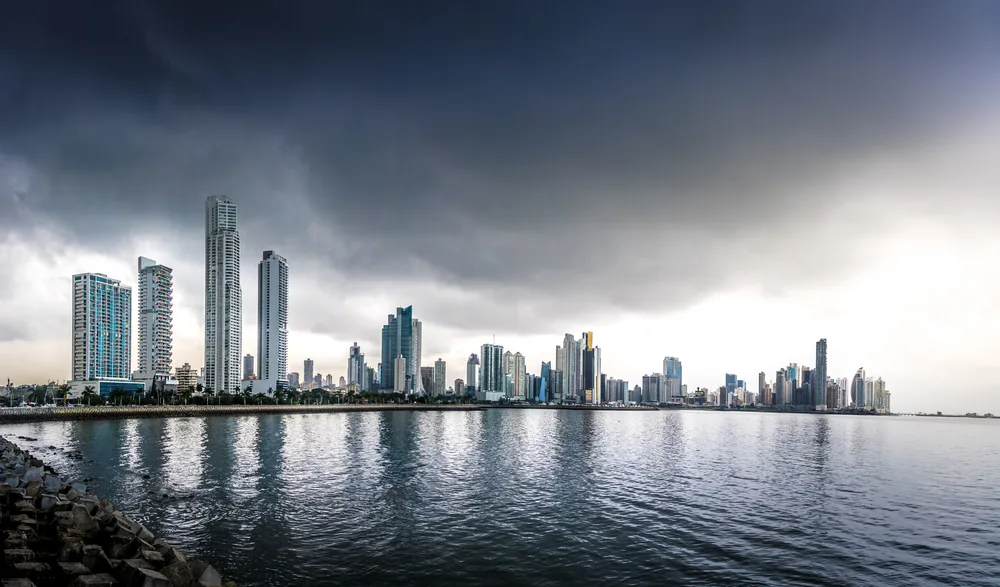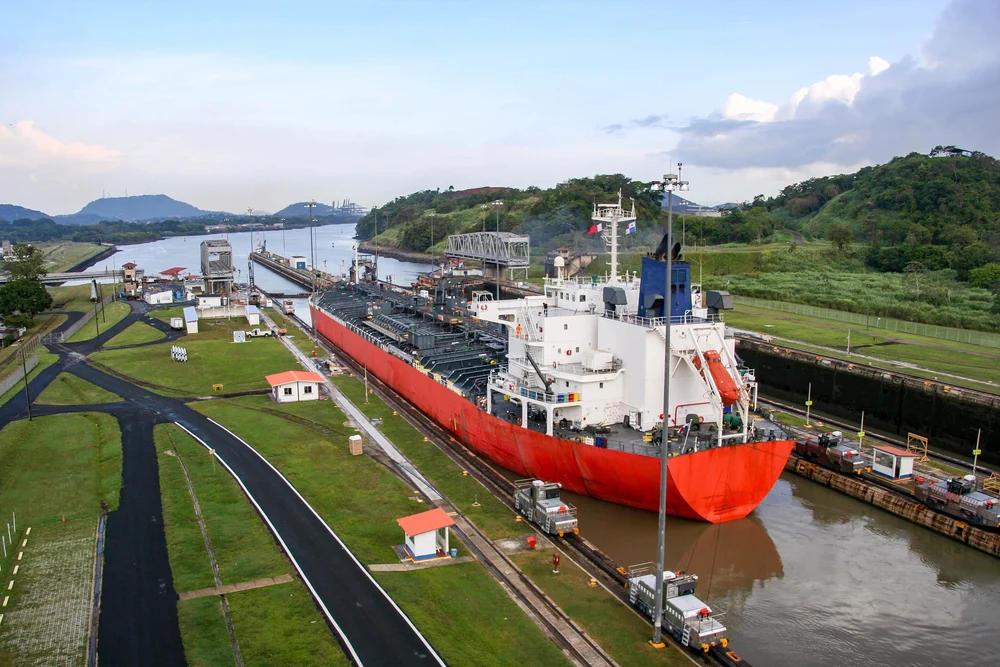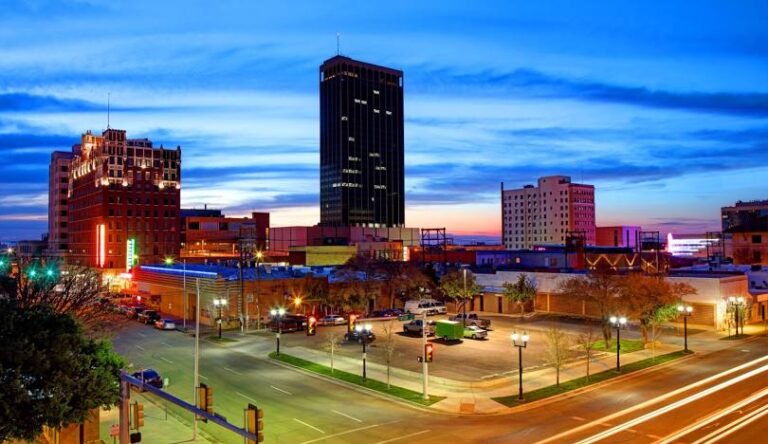Planning a trip to Panama in 2025? This beautiful Central American destination is known for its stunning coastlines, rich biodiversity, vibrant culture, and the world-famous Panama Canal.
From sun-drenched beaches to tropical rainforests and colorful colonial towns, there’s a lot to love about Panama.
However, like many tropical countries, Panama has distinct weather patterns that can greatly impact your travel experience.
While Panama offers adventures year-round, not every season is ideal for a visit. Certain times of the year bring heavy rains, high humidity, and even transportation disruptions that can turn your dream trip into a soggy disappointment.
That’s why it’s important to know the worst time to travel to Panama, especially if you’re planning your trip in 2025.
Whether you’re a nature lover hoping to explore national parks, a beach bum looking to relax by the sea, or an urban explorer excited for Panama City’s nightlife and history, understanding the local climate is key to planning wisely.
In this guide, we’ll break down the worst time to travel to Panama and also the most challenging months for travel, and explain why they’re less than ideal, and offer tips to help you decide the best time for your adventure in Panama.
Don’t fail to read – 15 Best Places to Live in Utah
Worst Time to Travel to Panama

The worst time to travel to Panama falls during the peak of its rainy season—specifically in September, October, and November.
Of these, October and November are the wettest months, with October standing out as the rainiest, receiving an average of 357 mm (about 14 inches) of rainfall.
The worst time to travel to Panama during this period, be prepared for frequent and heavy downpours. The intense rainfall can lead to flooding and muddy conditions, making roads and hiking trails difficult—or even impossible—to navigate.
While Panama lies outside the typical hurricane zone due to its southern location on the Caribbean Sea, the rainy season can still bring significant disruptions to travel and outdoor plans.
Before heading out, it’s wise to monitor local weather forecasts and adjust your itinerary if severe storms or flooding are expected.
The consistent rain makes many outdoor activities unfeasible; hiking becomes too messy, and sunbathing is usually out of the question.
That said, some areas like Bocas del Toro tend to receive less rainfall during this time. This region offers not only rich biodiversity but also vibrant Afro-Panamanian culture.
Additionally, October is known for local town festivals, such as the Feria del Rio Tigre in San Blas and the Festival del Cristo Negro in Portobelo, offering a lively cultural experience without the usual tourist crowds.
Overall Best Time to Visit Panama

The most ideal time to visit Panama is during the dry season, which runs from December to April.
This period offers the best weather for outdoor adventures. Like its Central American neighbors, Panama has a tropical climate, so temperatures stay warm throughout the year.
The year in Panama is divided into two main seasons: the dry season and the rainy season. While certain regions, like the highlands, might be cooler and wetter, these general weather trends apply across the country.
Panama’s dry season is typically from December through April, with January, February, and March being the driest months.
During these months, temperatures are slightly cooler, creating perfect conditions for hiking, trekking, and exploring nature. Even remote trails become accessible, as mud and flooding are less of a concern.
This is also the ideal time to visit places like Chagres National Park or the Chiriquí Highlands. If you’re heading to the beach, March and April are especially great, thanks to hot, sunny weather and minimal rain.
Whether you’re drawn to the Caribbean or Pacific coast, there are plenty of beach options to escape the crowds.
The dry season is also packed with major festivals and celebrations. Christmas, New Year’s, and Easter attract big crowds. Around Easter, Semana Santa is marked with colorful religious events.
Carnival, which takes place before Ash Wednesday, is the most energetic celebration, with huge parades and street parties. Panama City throws the biggest events, while the Azuero Peninsula offers more traditional and family-friendly festivities.
You might also like – 13 Best Places To Live in Hawaii
Cheapest Time to Visit Panama

If you’re looking to save money, the most budget-friendly time to visit Panama is during the rainy season, which spans from May to October. As the rains begin in May, tourist numbers drop significantly, leading to lower travel costs.
Although local travel increases around Panama’s national holidays in November, the overall demand for international tourism remains low from May through October. This decline in visitors means more affordable hotel rates across the country.
In Panama City, hotel prices can dip 20–30% lower than what you’d pay during the dry season, with discounts climbing to up to 40% during October, the wettest month. Beach destinations like Santa Catalina also offer substantial savings, with some resorts slashing their prices by as much as 50% compared to peak season rates.
When it comes to flights, the cheapest months to fly into Panama are usually September and October, thanks to low demand. However, great airfare deals can also be found between April and July, offering a chance to save money while still enjoying relatively good weather before the heaviest rains begin.
Least Busy Time to Visit Panama

The quietest time to visit Panama falls between May and August, during the early part of the rainy season.
Although the weather isn’t as ideal for sightseeing, tourist numbers drop, making it a peaceful time to explore.
Some areas, like the Azuero Peninsula, experience milder rain during these months—mostly light showers that help cool things down, allowing for comfortable travel and cultural exploration without the crowds.
Beach lovers will find this period particularly appealing. With fewer tourists around, it’s a great opportunity to enjoy Panama’s secluded beaches without the hustle and bustle.
Though it’s technically the rainy season, much of the rain comes in brief afternoon downpours, while mornings and evenings remain generally pleasant. The Pacific coast is usually drier than the Caribbean side, making it a better option for dry weather.
This is also a prime time for surfers, as early rainy season storms create ideal swells and waves on both coasts.
Snorkeling is excellent too—marine life like loggerhead turtles, orcas, and tropical fish are more active, and the water visibility improves due to calmer conditions and reduced tourist traffic.
READ ALSO ON – 13 Best Places To Live in Indiana
Panama Weather by Month
- Rainiest month(s) in Panama: October and November
- Driest month(s) in Panama: January, February and March
- Warmest month(s) in Panama: February, March, April and June
- Coldest month(s) in Panama: October and November
- Most crowded month(s) in Panama: January, February and March
- Least crowded month(s) Panama: May, June, July, August, September and early December
FAQs
When is the worst time to travel to Panama?
The worst time to travel to panama is during the peak of the rainy season, especially in September, October, and November. These months bring heavy rainfall, with October being the wettest, making outdoor activities and transportation more difficult.
Why should I avoid traveling to Panama during the rainy season?
During the rainy season, flooding, muddy trails, and impassable roads are common. The constant rain can disrupt travel plans, limit sightseeing, and make it challenging to enjoy nature, beaches, or outdoor festivals.
Are there any benefits to visiting during the worst months?
While it’s not ideal weather-wise, some regions like Bocas del Toro may experience lighter rain, and you’ll also find local festivals such as the Festival del Cristo Negro in Portobelo. Additionally, hotel and flight prices are usually lower due to decreased demand.
Can I still go hiking or visit national parks during these months?
Hiking and exploring national parks can be difficult, as many trails become slippery or closed due to flooding. It’s best to postpone such activities or check for accessibility ahead of time.
What should I do if I must travel during the rainy season?
If you must travel during this time, pack waterproof gear, stay updated on weather conditions, and be flexible with your itinerary. Focus on indoor cultural experiences and consider visiting less rainy regions like parts of the Pacific coast or Azuero Peninsula.
Conclusion
In conclusion, while Panama is a beautiful destination year-round, the peak of the rainy season—particularly September through November—is considered the worst time to travel to panama.
During this period, heavy rains can disrupt travel plans, limit access to natural attractions, and create unsafe conditions for outdoor activities. However, if you’re on a budget or interested in local cultural festivals, this season may still offer unique experiences.
To make the most of your trip, it’s essential to check regional weather patterns, stay flexible, and plan accordingly. If ideal weather and outdoor adventure are your priorities, consider visiting during the dry season instead.




